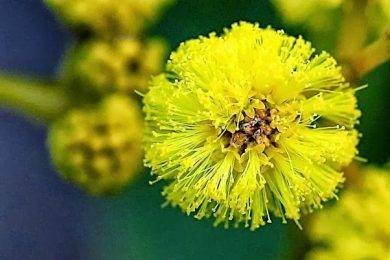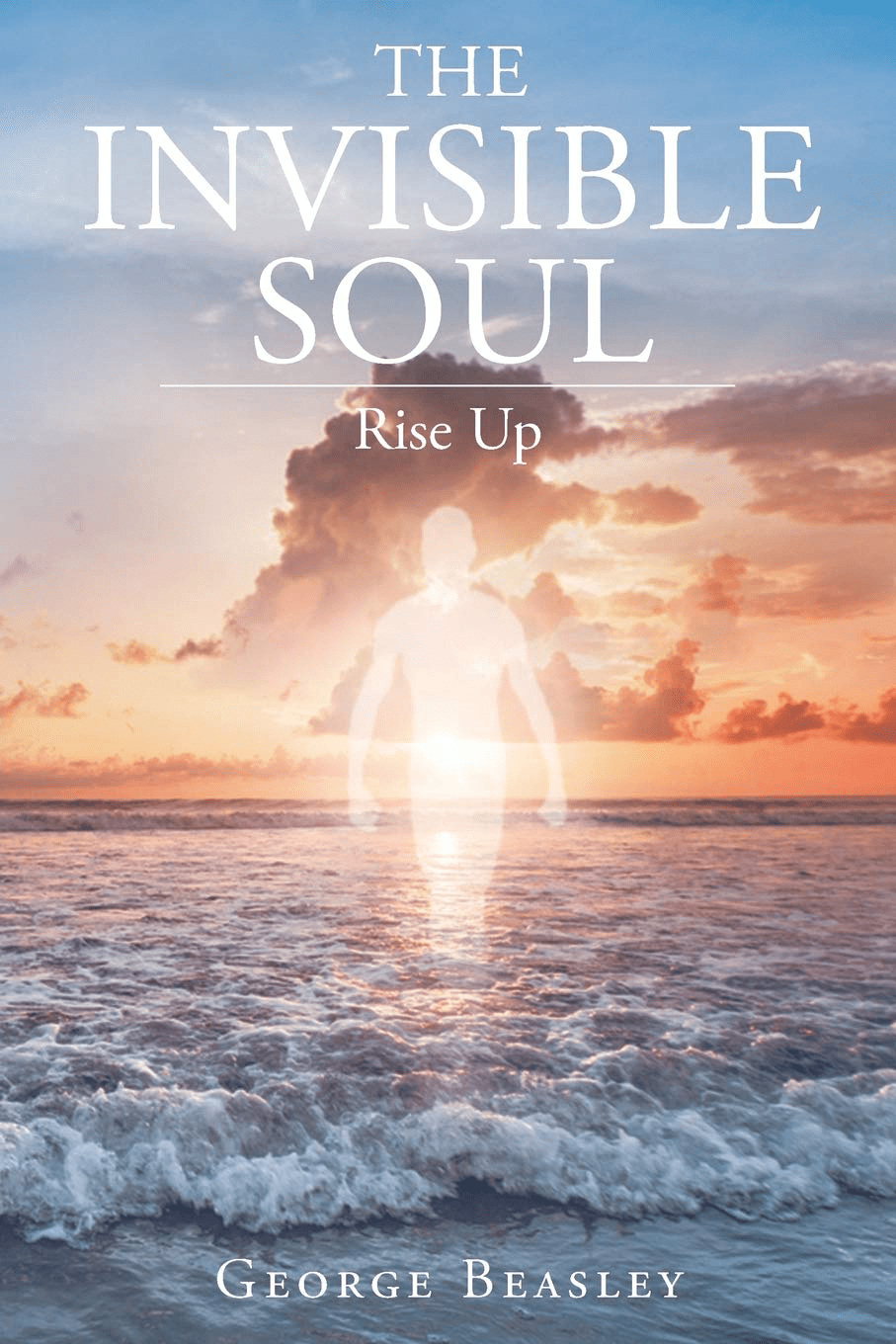Being a florist is a creative profession but it goes beyond the artistic aspect. Many florists underestimate the importance of the commercial side. The profession of florist requires a balance between creativity and marketing, which is not an easy task. Here are the pros and cons of the trade to know if it is worth investing in it.
In most places, traces of pollen from flowers present in the tombs provided evidence that flowers accompanied the deceased. Also, researchers believe that flowers, because of their variety of shapes, colors and smells, would have been perceived as having a property of translating the different emotions that Man feels like joy, sadness, love and, for this reason, would have been cultivated and used to translate these emotions or to accompany emotional events of our existence.
Research also seems to show that flowers have this property of immediate activation of emotions. Havilland-Jones et al. (2005) solicited women to participate in a survey that required them to be called twice a few days apart. To thank them, we told them that they would receive a gift at home, but we did not specify what or when. The day after acceptance, people were asked for the first phase of the investigation, where a measurement of the primary emotions was carried out (“What I experience on a daily basis I consider pleasant/unpleasant on average “) as well as a measure of life satisfaction (” I feel like I have done the things that I thought were most important to me”).
Ten days later, these people received a package at their home to thank them for their participation. This package contained either a bouquet of flowers or a basket of fruit and candy. The delivery men, who were not aware of what was in the box, had to assess the person’s facial expression. To do this, they had received training in identifying the facial muscles involved in the emotional expression displayed by a person. Finally, four days later, people were contacted again to respond to scales similar to those used in the first phase.
Regarding facial expression, the results show that, for the two gifts offered, people expressed joy. However, the so-called “Duchene” smile rate (smile associated with the expression of a sincere joy which differs from voluntary smiles by the contraction of a muscle located around the eyes: orbicularis oculi) was higher on the reception of flowers for the basket of fruit and sweets. The researchers also observed, between the first and second phases of measurement by questionnaire, a reinforcement of the primary emotions felt and satisfaction in life, but only with people who received flowers.
We, therefore, see that a present creates a positive mood, and this was expected, but real sincere joy is observed when you offer flowers. For researchers, Australia’s national flower is so attached to human emotions that their mere presence automatically activates particular expressions. If the presence of flowers has an impact, the nature of the emotions may depend on the context. In one study, we asked young men and girls to hitchhike while holding a small bouquet of flowers or not. We then measured the stop rate of male and female motorists.
The effect of flowers on our emotions
Flowers are immediately seen to have powerful behavioral effects on both men and women. In addition, these effects seem to be very quick to activate since the drivers of the hitchhiking experience had little more than a second of decision time. This could explain the ancient link between humans and flowers. The flowers could maybe have been a natural part of the concept of beauty. However, the human being is distinguished from the other species by this capacity to consider a certain number of things not essential to its survival because of their power of activation of sensations and emotion positive. The simple fact of being exposed to flowers could be enough to awaken these emotions and sensations and would explain such behavioral effects.
Peter Sundin was born and raised in New Jersey. He has contributed to Buzz Feed, Details and TODAY and served as a commentator for NPR, MSNBC and HuffPost Live. As a journalist for Morning News Ledger, Peter mostly covers national news. Aside from earning a living as a freelance journalist, Peter also works as a dog walker.











